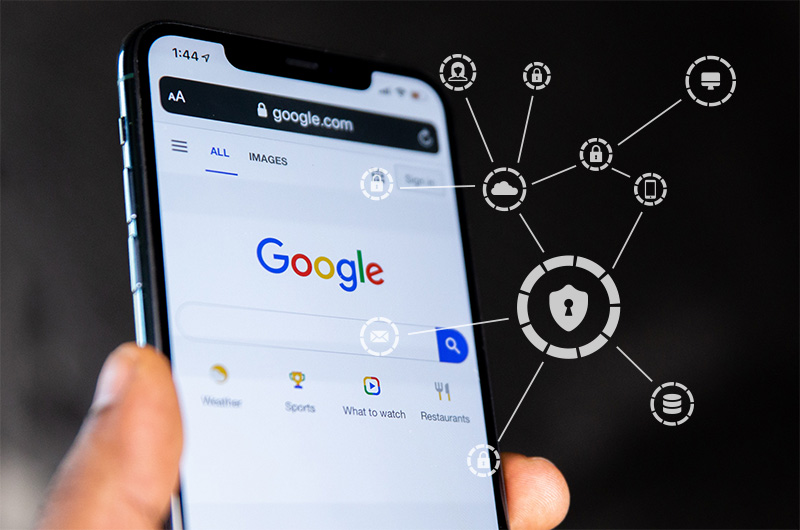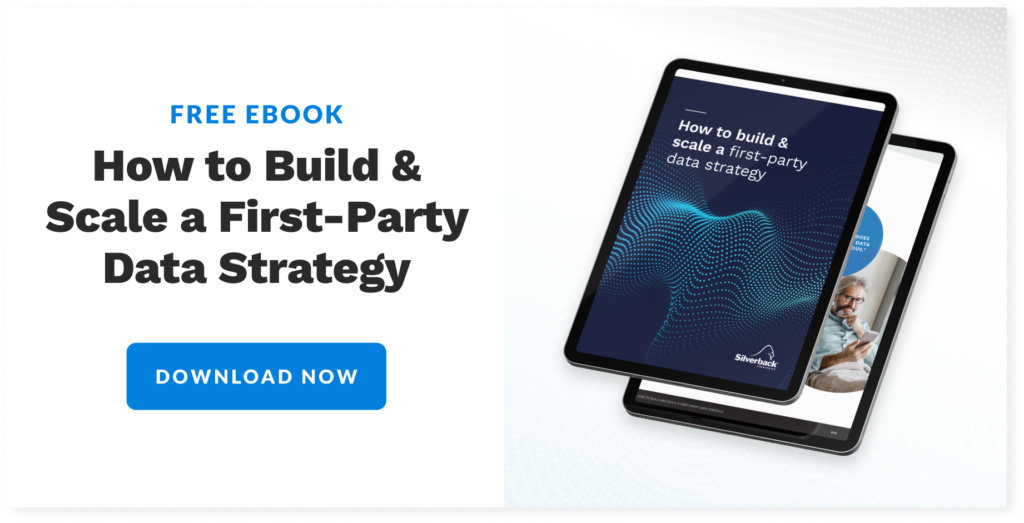
Google FLoC, or the “Federated Learning of Cohorts,” was a proposal for a new model to track users and target ads without using third-party cookies. Yet it failed to gain support from consumers, platforms, and governments. Now, Google has delayed plans to block third-party cookies until 2023. This article explains what companies running campaigns on Google Ads needs to know.
What was Google FLoC, anyway?
Google’s original plan was to transition from their current user tracking model, which relied on third-party tracking pixels, also known as “cookies,” over the course of 2021. In its place, Google proposed a solution where advertisers would be able to target users by their interest and behavior in groups called “cohorts” based on websites they visit. Google would group anonymous users expressing similar interests. Instead of using third-party cookies, user activity would be tracked with Google’s own first-party cookies.
According to Google, FLoC “proposes a new way for businesses to reach people with relevant content and ads by clustering large groups of people with similar interests. This approach effectively hides individuals ‘in the crowd’ and uses on-device processing to keep a person’s web history private on the browser.”
Why did the Google FLoC trial end?
FLoC was the best of both worlds to Google—compliant with data privacy laws, but retained enough user insight to deliver similar levels of advertising performance. But the U.K. Competition and Markets Authority (CMA)’s investigation into the company’s Privacy Sandbox approach appears to be a major factor in Google’s decision to end the FLoC trial on July 13th and delay their plans to block third-party cookies until Q3 or Q4 of 2023.
Google’s market position doesn’t help make allies with other browsers to support FLoC. Sixty-five percent of internet users use Chrome. Naturally, competitors like Mozilla, Microsoft, and Opera reacted lukewarmly.
For digital marketers and businesses who run ads on Google, FLoC didn’t seem like it would have a big impact on campaigns. It was similar to the existing cookie-based model. Google FLoC essnetially would use first-party cookies to gather data, then Google would serve advertisements using machine learning to gauge user interest by analyzing browser history.
This did not sit well with privacy advocates who believe Google cannot be trusted.
WordPress—a platform that hosts more than 40% of all websites—proposed blocking Google FLoC because they deemed it a “security threat.” However, even WordPress received backlash from their community for this stance. Some questioned whether blocking FLoC was truly a security issue or just political posturing. Some argued this to be an issue solved at the individual level, where users can opt-in to “join” Google FLoC or to remain anonymous.
Ultimately, the pressure from all sides made FLoC an unrealistic way to replace the current third-party tracking pixel methodology. Google, the market leader, will have to go back to the drawing board. The new 2023 date gives Google more time to develop solutions that will be accepted by governments, platforms, and the public.
What will Google do next?
Google will post a “more detailed schedule” on Google’s Privacy Sandbox website. But, Google laid out a two-stage plan to deprecate third-party cookies and develop other privacy-compliant solutions for advertisers:
- Stage 1 (Starting late-2022): Google will announce the start of stage 1 once they complete testing and launch APIs in Chrome. During stage 1, publishers and the advertising industry will have time to migrate their services. We expect this stage to last for nine months, and we will monitor adoption and feedback carefully before moving to stage 2.
- Stage 2 (Starting mid-2023): Chrome will phase out support for third-party cookies over a three-month period finishing in late 2023.
What does this mean for companies running ads?
2023 is when major changes will take place to Google Ads campaigns migrating to a new methodology. Digital agencies will need to guide their clients through this transition with the right paid media strategies. If you do not have a plan in place to transition to the new model, it could have a major impact on campaign performance.
Leading up to that point, companies should prioritize collecting and activating first-party audience data. This will be essential to build trust with target customers and fuel digital campaigns through practices like “lookalike audiences,” powered by machine learning. Many believe some variation of this practice will remain available to marketers, and could be a focal point of the new advertising model.

Third party cookies’ stay of execution is a silver lining. It provides more time for marketers to become data-savvy before it’s too late. But building and scaling a first-party data strategy takes time. If it has not already been a major focus for your company, it should be.
Recent Posts
Your CRM Attribution Is Unreliable — Here’s How to Improve Marketing Measurement
Read the ArticleThe Impact of Apple iOS 14.5 on Facebook Ad Campaigns
Read the ArticleWhat is First-Party Data? How Can Marketers Use It?
Read the Article
Unlock Your Growth Potential
Silverback helps businesses catapult web traffic, leads, and sales. We combine analytical and creative expertise to drive inbound marketing campaigns and track it all to find insights on what worked, what didn’t, and what we should try out next.
Contact Us